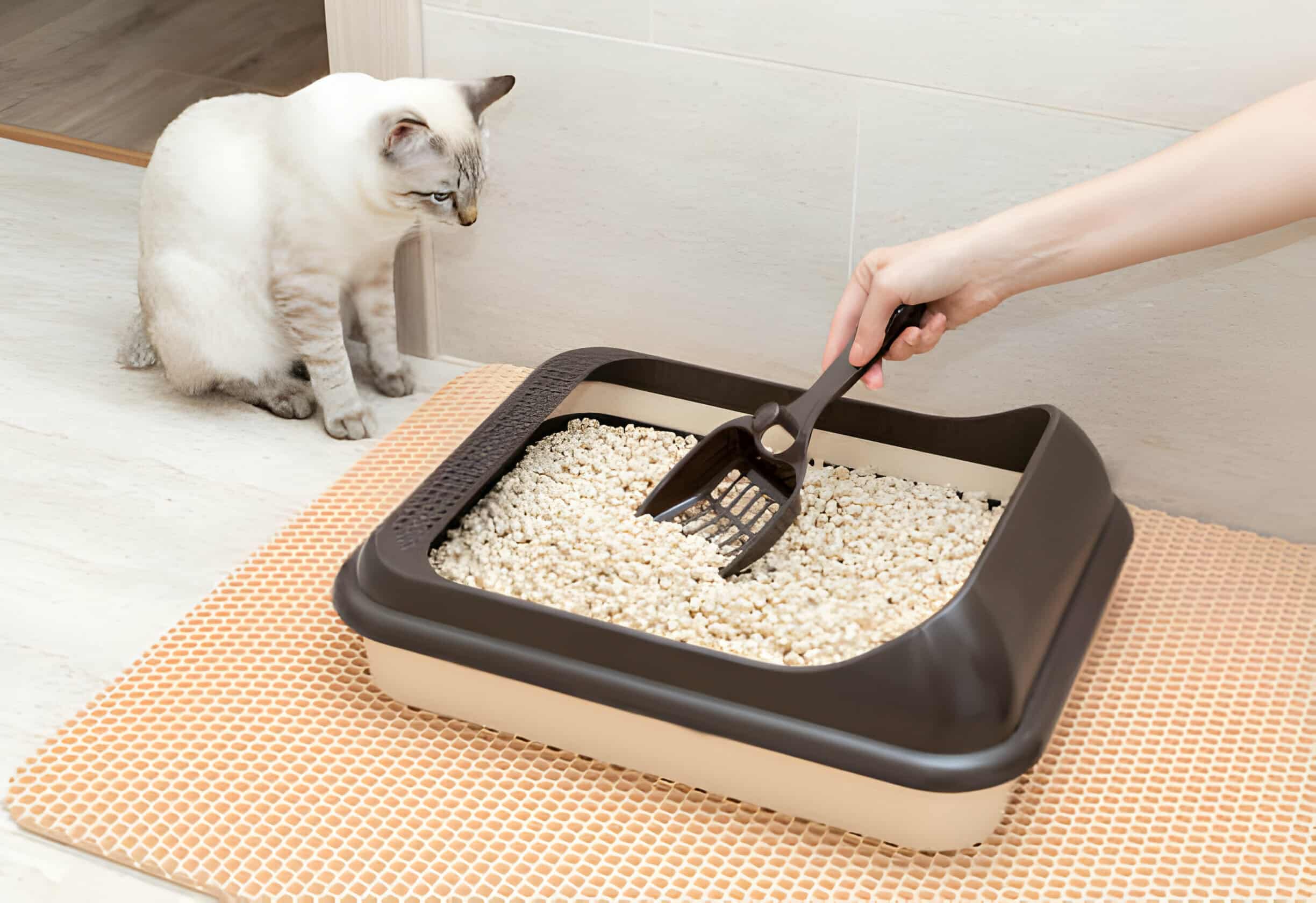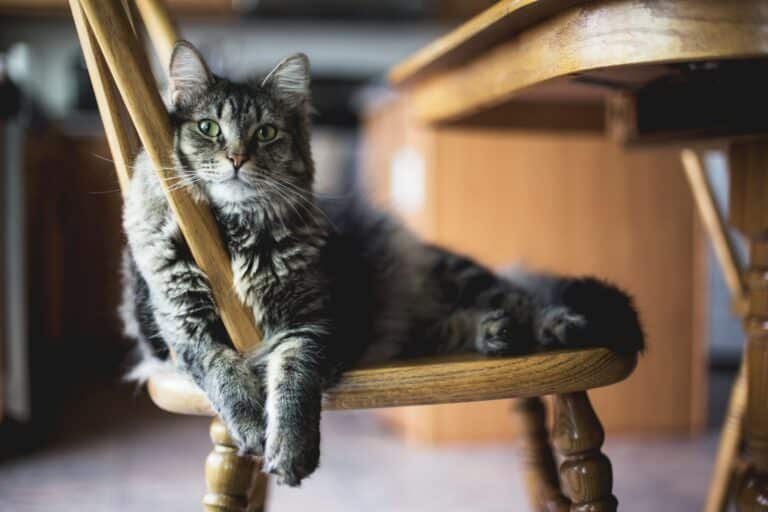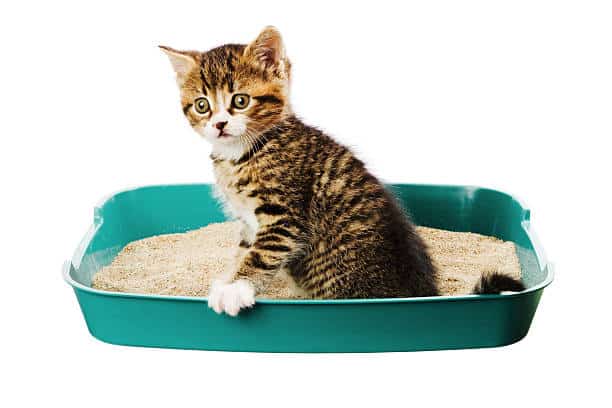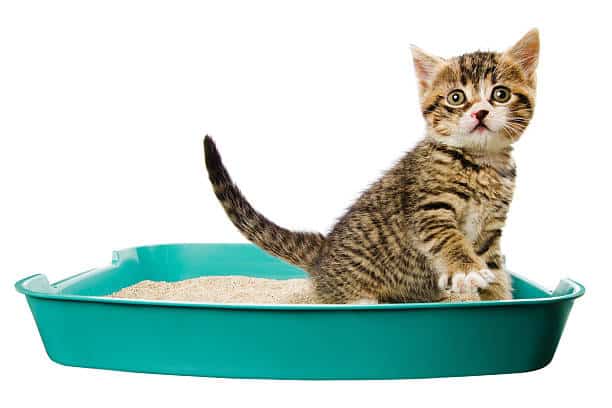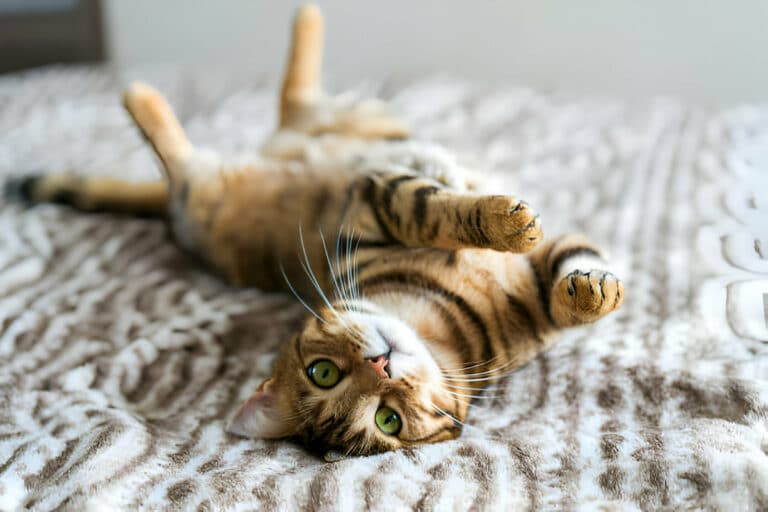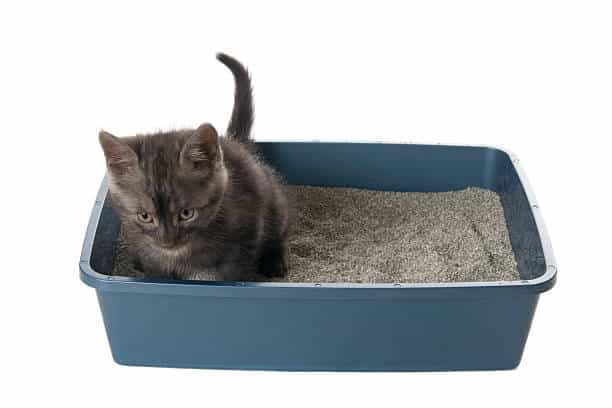Common Mistakes To Avoid When Litter Box Training Your Cat
With proper litter box training, your cat can easily adapt to using a designated spot for their bathroom needs. However, new cat owners often make common mistakes that can hinder this process. From using the wrong type of litter to placing the box in an inconvenient location, it’s imperative to be aware of these pitfalls to ensure successful training. In this informative blog post, we will discuss the most common mistakes to avoid when litter box training your cat, so you can create a clean and stress-free environment for both you and your feline friend.
Selecting the Right Litter Box
Inappropriate Litter Box Size and Type
One common mistake when litter box training your cat is choosing an inappropriate litter box size or type. Cats have different preferences when it comes to litter box sizes and types, so it’s important to consider your cat’s needs before selecting one. Make sure the litter box is large enough for your cat to comfortably turn around and dig without feeling confined. Additionally, some cats may prefer covered litter boxes for privacy, while others may feel trapped and prefer open-top boxes. Experiment with different sizes and types to see what works best for your cat.
Poor Litter Box Placement
One mistake that often leads to litter box training failures is placing the litter box in a poor location. Cats are sensitive to their environment, and if the litter box is in a noisy, high-traffic area or near their food and water bowls, they may avoid using it. It’s crucial to place the litter box in a quiet, private location that is easily accessible to your cat. Avoid placing it near the washing machine, dryer, or other loud appliances that could startle your cat while they’re using the litter box.
This ensures that your cat feels comfortable and secure while using the litter box, ultimately leading to successful litter box training.
Choosing the Litter
Types of Litter and Cat Preferences
Even when it comes to choosing the right litter for your cat, it’s important to consider the different types available and your cat’s preferences. Cats can be picky about the texture and scent of their litter, so it may take some trial and error to find the perfect match. Some cats prefer clumping litter, while others may prefer non-clumping or silica crystal litter. Ultimately, your cat’s comfort and acceptance of the litter will determine the success of litter box training. Thou, observing your cat’s behavior and preferences can help guide your choice.
| Clumping Litter | Forms easy-to-remove clumps when wet |
| Non-Clumping Litter | Does not clump, requires more frequent changing |
| Silica Crystal Litter | Super absorbent, controls odor well |
| Paper Litter | Biodegradable, gentle on cat’s paws |
| Pine Litter | Natural scent, good odor control |
The Impact of Scented vs. Unscented Litter
Preferences when it comes to litter scent can vary among cats. Some cats may be sensitive to strong scents and prefer unscented litter, while others may be attracted to scented options. The key is to pay attention to your cat’s reaction when introducing a new litter. Cats have a keen sense of smell, and an overpowering scent may deter them from using the litter box. If your cat shows signs of aversion to scented litter, it’s best to switch to an unscented variety. With cats, it’s always better to err on the side of caution when it comes to introducing new scents to their environment.
Training Techniques
Inconsistent Training Routines
One common mistake cat owners make when litter box training their feline friends is having inconsistent training routines. Cats thrive on routine and familiarity, so changing things up can confuse them and hinder their progress in learning to use the litter box. It’s important to establish a consistent feeding schedule, litter box cleaning routine, and training sessions to help your cat understand where they need to go to do their business.
Negative Reinforcement and its Consequences
One critical error to avoid when litter box training your cat is using negative reinforcement. Punishing your cat for accidents outside the litter box can create fear and anxiety, leading to further improper elimination habits. Cats respond better to positive reinforcement, so it’s crucial to reward them when they use the litter box correctly instead of scolding them for mistakes.
The use of negative reinforcement techniques can damage the bond between you and your cat and may worsen the litter box avoidance behavior. Instead of punishment, focus on positive reinforcement by offering treats, praise, and affection when your cat uses the litter box appropriately. This approach will encourage your cat to continue using the litter box and strengthen your relationship with them.
Maintenance and Hygiene
Overlooking Litter Box Cleanliness
Cleanliness is imperative when it comes to litter box training your cat. One common mistake is overlooking the importance of keeping the litter box clean. Cats are clean animals and may refuse to use a dirty litter box, leading to accidents outside the box. It is recommended to scoop the litter box at least once a day and completely change the litter and clean the box regularly to ensure a hygienic environment for your cat.
Ignoring Behavioral Changes and Health Issues
Ignoring behavioral changes and health issues in your cat can also hinder successful litter box training. Cats may stop using the litter box if they are stressed, anxious, or experiencing health problems. This behavior should not be ignored as it could be a sign of an underlying issue. Take note of any changes in your cat’s behavior and consult with a vet if necessary to address any health concerns.
This can also be related to a cat’s litter box preferences, such as the type of litter or location of the box. Observing your cat’s behavior can help you identify and address any potential issues that may be influencing their litter box habits.
Final Words
Presently, when it comes to litter box training your cat, it is crucial to avoid common mistakes that can derail the training process. By ensuring the litter box is clean, easily accessible, and in a quiet location, you can set your cat up for success. Remember to use the right type of litter and make sure the litter box is large enough for your cat to comfortably move around in. Additionally, be patient and consistent with the training, as cats can be sensitive to changes in their environment. Avoid punishing your cat for accidents and instead focus on positive reinforcement to reinforce good litter box habits. By being mindful of these common mistakes and taking the necessary steps to avoid them, you can make the litter box training process smoother for both you and your feline companion.
FAQ
Q: What are some common mistakes to avoid when litter box training your cat?
A: When litter box training your cat, it is important to avoid the following mistakes:
- Placing the litter box in a high-traffic area where your cat may feel uncomfortable or disturbed.
- Using scented litter or cleaning products that may deter your cat from using the litter box.
- Not keeping the litter box clean and maintaining a regular cleaning schedule.
Q: How can I encourage my cat to use the litter box?
A: To encourage your cat to use the litter box, consider the following tips:
- Place the litter box in a quiet and accessible location.
- Use unscented litter that is comfortable for your cat to dig in.
- Provide positive reinforcement, such as treats or praise, when your cat uses the litter box correctly.
Q: What should I do if my cat continues to have accidents outside the litter box?
A: If your cat continues to have accidents outside the litter box, it is important to:
- Rule out any underlying medical issues by consulting with a veterinarian.
- Ensure there are enough litter boxes in multiple locations for multi-cat households.
- Address any stress or anxiety factors that may be causing your cat to avoid the litter box.

